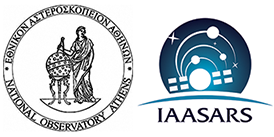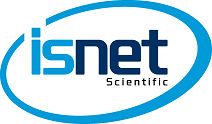Solar eruptive events, such as solar flares and coronal mass ejections, can accelerate protons and other ions to high energies (>30 MeV). The relative roles of both components and how we can discriminate them remains a key problem in solar and solar-terrestrial physics. Relativistic (>500 MeV) Solar Energetic Particles (SEPs) enter the Earth’s atmosphere sporadically leading to an increase of the intensities recorded by the worldwide network of neutron monitors (NMs) on the ground. These events are known as ground level events or ground level enhancements (GLEs).
Over the last decades, our knowledge of the processes that accelerate relativistic SEPs has been acquired focusing on the isolated parts of the larger whole system: the SEP electromagnetic emissions at the Sun, their detection in the heliosphere by spacecraft instruments, and the observation of GLE events by NMs. Only relatively limited joint efforts between the solar, the heliospheric and the NM communities have been forged so far. The project HESPERIA joined experts in different fields to take into account interconnections between the parts and further advance our knowledge of GLE events.
As part of HESPERIA Work Package 4, we developed the first inversion software for NM observations that infers the release timescales of relativistic SEPs at or near the Sun and the characteristics of their transport in the interplanetary space.

 hesperia [dot] info [at] hesperia-space [dot] eu
hesperia [dot] info [at] hesperia-space [dot] eu










